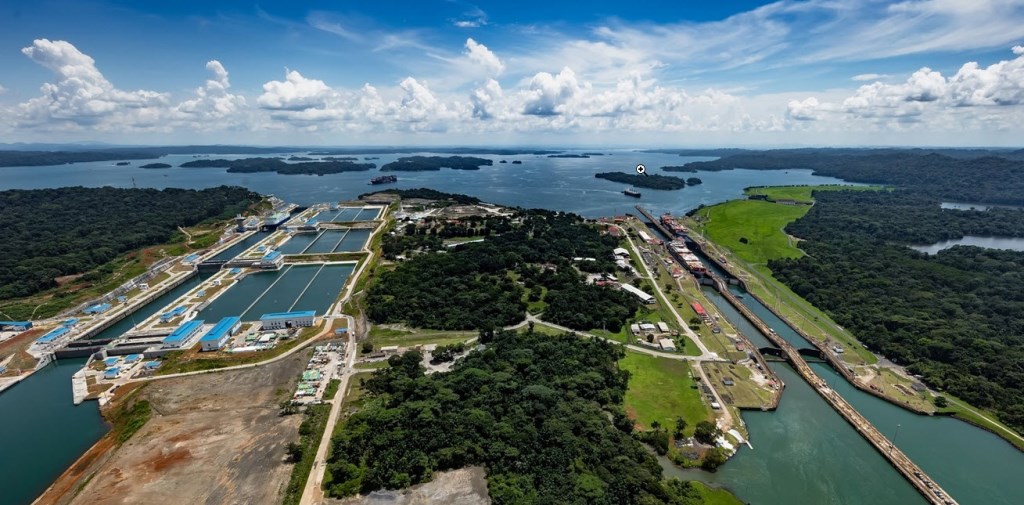The Panama Canal Authority believes that it could handle up to 30 million tonnes per annum of American natural gas by 2020, a fivefold increase over last year’s numbers.
In an interview with Reuters, ACP administrator Jorge Quijano said that he expected volumes to rise as more LNG plants come online on the U.S. Gulf Coast. At present, the U.S. has two operating LNG export terminals – one at Sabine Pass, Louisiana and another at Cove Point, Maryland – but more are under construction, and LNG export capacity will likely triple in the years to come. The International Energy Agency forecasts that America could be the biggest LNG exporter in the world within a decade. Much of that volume will go to Asian markets, giving traders a choice to route their vessels eastbound across the Atlantic and Indian Oceans or westbound via the Panama Canal (the shorter alternative).
On Tuesday, the expanded Panama Canal locks accommodated three LNG carriers in a single day for the first time ever, a sign of the ACP’s willingness to expand its service for gas traders. Last year, the ACP came under criticism from utility company Sempra for allegedly providing too little capacity for LNG carriers. Quijano told Bloomberg that this was due to the sector’s scheduling challenges. “We can focus on giving them a second slot when they start to behave with a more contract-like pattern with their suppliers and buyers,” Quijano said. With boxships, he said “if they request a transit tomorrow, they’ll be there tomorrow,” but not so with LNG carriers.
Due to the nature of the gas trading market, LNG carriers tend to have variable itineraries, unlike container liners on fixed, predictable rotations. However, Quijano said in February that the canal is working to offer LNG carriers the transit booking flexibility they need.
To accommodate increasing volume, the expanded canal will need enough tugs and tug crews to assist ships through the locks. Unlike the old Panama Canal, the new Panama Canal does not have “mule” tractors on shore, and two tugs guide each vessels through instead. Since the expanded locks opened, the ACP has had to contend with several safety complaints from its tug captains. Last week, a group of tug masters halted work for one day in protest when the ACP ended a policy that provided a third deckhand on the forward tug. The brief strike ended after the ACP threatened to sanction as many as 22 tug captains, according to mariners’ union UCOC.
